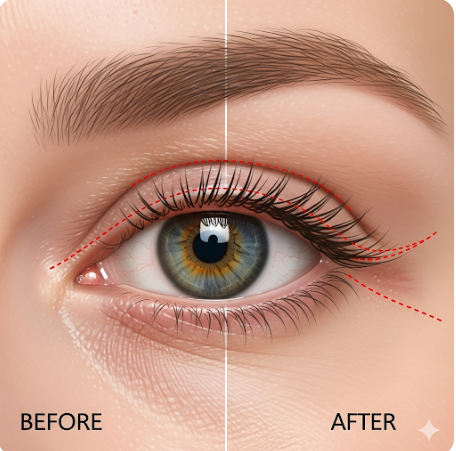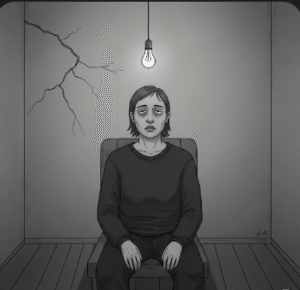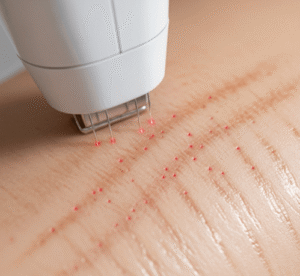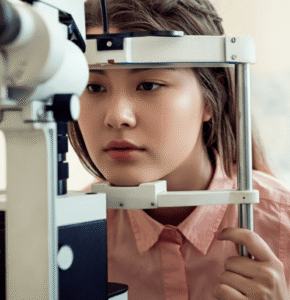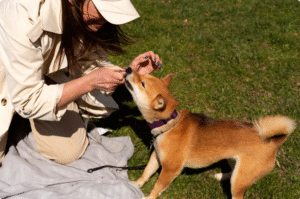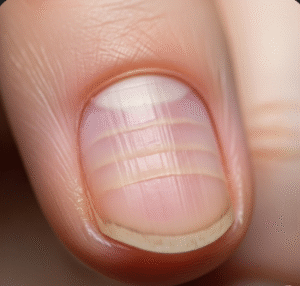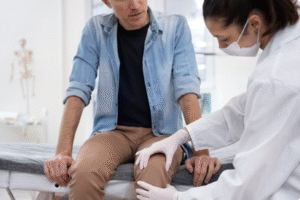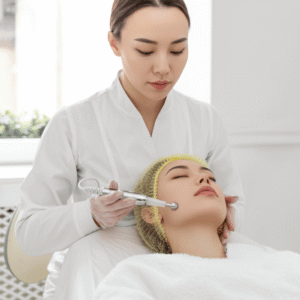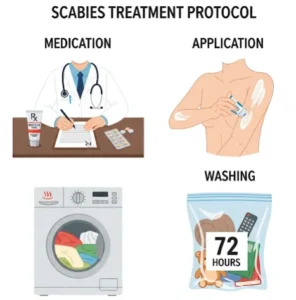What It Is
An eyelid lift, also known as blepharoplasty, is a surgical procedure that removes or repositions excess skin, muscle, and fat from the upper or lower eyelids. The goal is to correct drooping eyelids, puffy bags, and tired-looking eyes while maintaining a natural appearance.
In Korea, eyelid lift surgery is one of the most popular cosmetic procedures, performed by plastic and oculoplastic surgeons who combine precision with an emphasis on natural, youthful results. It may be done for aesthetic reasons or to improve vision if sagging eyelids obstruct the visual field.
Why It’s Done
Patients seek eyelid lift surgery for both cosmetic and functional reasons:
- Aesthetic concerns: To correct drooping upper lids, puffy under-eye bags, or wrinkles around the eyes
- Functional improvement: To restore vision blocked by sagging upper eyelid skin
- Rejuvenation: To achieve a more youthful, refreshed, and alert appearance
- Confidence boost: To harmonize eyelid appearance with other facial features
Alternatives
Depending on the patient’s needs, alternatives may include:
- Non-surgical treatments: Botox, fillers, or skin tightening lasers for mild sagging and wrinkles
- Thread lifting: A minimally invasive option for subtle lift (temporary results)
- Ptosis repair (levator advancement): Performed if eyelid drooping is due to weak eyelid muscles
- Brow lift: Sometimes combined with eyelid lift when brow sagging contributes to eyelid heaviness
Preparation
Preparation for eyelid lift surgery in Korea includes:
- Consultation: Eye and facial analysis, discussion of goals, and photography for planning
- Medical evaluation: Blood tests and anesthesia clearance
- Lifestyle changes: Avoiding smoking and alcohol for at least 2–4 weeks before surgery
- Medication review: Temporary discontinuation of blood thinners and supplements that increase bleeding risk
- Treatment planning: Deciding whether to address only upper eyelids, lower eyelids, or both
How It’s Done
The procedure can be performed under local anesthesia with sedation or general anesthesia, depending on complexity. It usually takes 1–2 hours.
Upper eyelid lift:
- An incision is made along the natural eyelid crease
- Excess skin, muscle, and sometimes fat are removed or repositioned
- The incision is closed with fine sutures hidden in the crease
Lower eyelid lift:
- An incision is made just below the lash line (external) or inside the eyelid (internal/transconjunctival)
- Fat is repositioned or removed, and loose skin may be tightened
- Incisions are carefully sutured for minimal scarring
Recovery
Recovery after eyelid lift surgery is generally quick:
- First week: Swelling, bruising, and mild discomfort are common
- Stitch removal: Usually within 5–7 days for external incisions
- Return to activities: Light activities after 3–5 days, normal work in 1–2 weeks
- Final results: Visible once swelling subsides, typically within 1–2 months, with scars fading over time
Possible Complications
While generally safe, possible risks include:
- Infection or bleeding
- Dry eyes or irritation
- Temporary difficulty closing the eyes completely
- Asymmetry or scarring (usually minimal and well hidden)
- Rare need for revision surgery
Treatment Options in Korea
Diagnosis
- Detailed eyelid and facial evaluation
- Vision testing if drooping skin obstructs the field of view
Medical Treatments
- Antibiotic ointments and lubricating eye drops after surgery
- Cold compresses to reduce swelling
Surgical or Advanced Therapies
- Upper eyelid blepharoplasty: For drooping upper eyelids
- Lower eyelid blepharoplasty: For under-eye bags and sagging
- Double eyelid surgery: To create or enhance an eyelid crease (common in Korean aesthetic practice)
- Combined surgeries: Brow lift or ptosis repair if needed
Rehabilitation and Support
- Scar management with ointments, silicone sheets, or laser if necessary
- Regular follow-up visits to monitor healing
- International patient support including interpreters, hospital coordination, and telemedicine aftercare

